“If you don’t listen to your customer, somebody else willâ€.
Surveys have found that 87% of customers want pro-active contact. Pro active apologies for service failures reduce the cost of claims. Pro-active notification eg by text messages, especially if they invite feedback or acceptance, result in a significant drop in failure rates. Pro active notification that the cost of their service is going to be different to what they might be expecting, whatever the reason, reduces bill shock, and is infinitely preferable for the customer. If we can tell them what they want or need to know before they have to ask it, the customer journey is simplified, and the resultant ‘ease of use’ promotes our service as the winner and automatic first choice when the customer is next deciding on who to use.
Remember that customers don’t have either the knowledge or the experience and understanding of our product that we do. Internet purchasers in particular can have unrealistic expectations of a delivery service, which may well have been promoted to them incorrectly by the vendor website initially. We need to take as much care with our email and web chat responses as if we were in face to face or phone conversation with the client.
It is important that we identify how each client would prefer their communications with us, and to segment them in terms of this, as well as by services used, value, and longevity, so that we can treat them more in the way that they would prefer to be/should be treated in relation to our objectives as a business.
In considering this, it is important that low value clients are not allowed to cost us more than they bring in to the business through unrealistic expectations. This can easily lead to high value clients, potentially the ‘sleeping giants’ of our future, being neglected in the white noise of the clients demanding too much. If we pro actively look for ways to turn the noise down – easy solutions, simple conflict resolution, scripted “FAQ†type answers ready to roll out at a moment’s notice (and available clearly on our website) time and resource can be more productively and profitably used.










